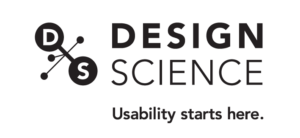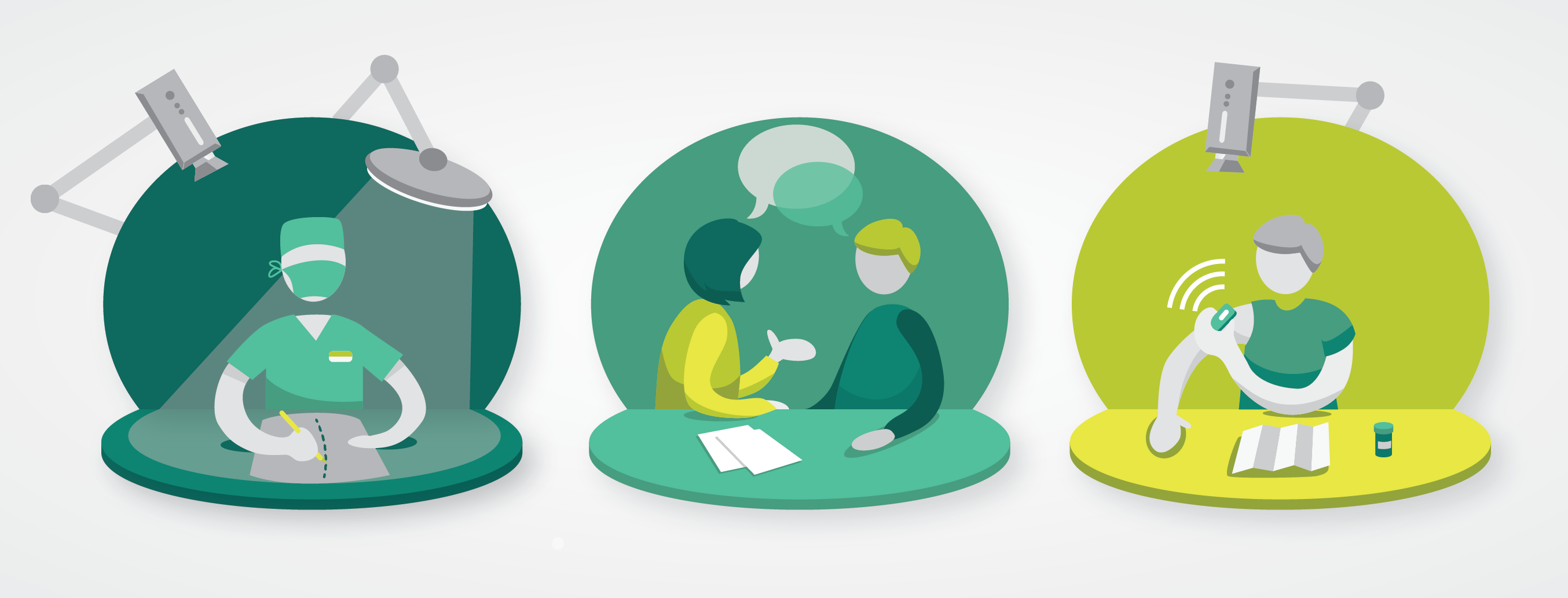The research that we do at Design Science is truly multidisciplinary; with experts in psychology, cognitive science, engineering, anthropology, and videography, we cover a pretty large range of academic and professional specializations.
As consultants, our jobs are to align all these perspectives into a cohesive and comprehensive research design. Whether in the field or the lab, we use our multidisciplinary composition to get the most out of interactions with the users we study. In the Ethnography Department, specialists in anthropology, design, videography, and recruiting communicate across disciplines to capture real-world users in their professional environments.
Getting compelling data from these observations is only one challenge, though. Every site visit takes extensive logistical preparation from Design Science recruiters. We build relationships and navigate cultural differences; we communicate the research’s value and the goals of its design; and, most importantly, we put our people in the field.
Without giving away too many of our secrets, here are a few tricks we Design Science recruiters have up our sleeves:
 Talking the talk
Talking the talk
As expected, not everyone understands or sees value in the research we conduct. In order to reduce responses like “We don’t support this type of research,” or “Please remove me from your mailing list,” our recruiters take a proactive approach during our initial outreach efforts. We choose our language with the utmost care, anticipating that there will be questions from potential participants. Saying the wrong thing can end a conversation before it starts, but saying the right thing takes strategic understanding, background research, and organizational experience. Saying study when we mean observation can be the difference between a quick turnaround and a project in-limbo.
Walking the walk
Our teams know their stuff. They spend a lot of time in ORs, cath labs, and clinics. And although they may not be clinical professionals, they have first-hand experience working in these environments, as well as extensive training on hospital protocols. Helping facilities understand this is essential to the recruitment process. We demonstrate that our teams are not only credentialed to be there, but that they also belong there—through educational  background, professional training, and practical experience. Making sure our study participants are confident in our research teams is critical for keeping business as usual.
background, professional training, and practical experience. Making sure our study participants are confident in our research teams is critical for keeping business as usual.
Putting it all together
So much of the conversation that goes on with facilities and patients is give and take. Many of the procedures we want to observe are high-risk and sensitive, so we constantly remind ourselves that we are working with real people. The HCPs we observe are busy. Their hours are admirable and their days chaotic. Getting a research team into an observation can (rightfully) be the last thing on their minds. So it’s up to us as Design Science recruiters to make sure this process goes seamlessly for the HCPs we observe. That’s not to say we don’t push at all—we absolutely have to sometimes. But we also know when and how to push. Some facilities need a little nudge to get through the approval process, so follow-up is a large part of our daily schedule.
When we obtain the necessary approvals to get our field researchers into these facilities, we are paving the way for our clients to improve the user experience. Although it is a long and complex process, the end results are well worth the time and effort.
This post was edited by Matthew Cavanagh.
Share this entry
-
Share on Facebook
Share on Facebook
-
Share on Twitter
Share on Twitter
-
Share on Google+
Share on Google+
-
Share on Linkedin
Share on Linkedin
-
Share by Mail
Share by Mail




